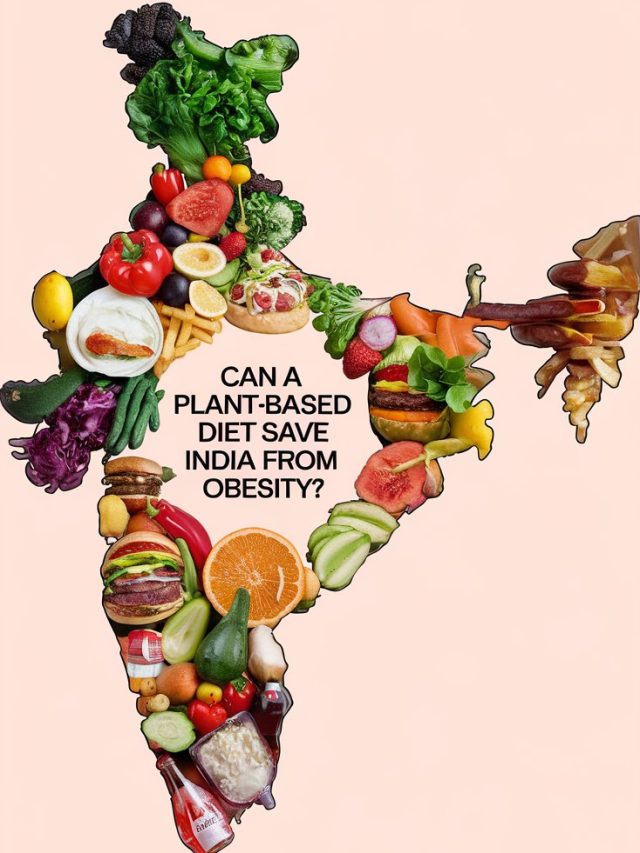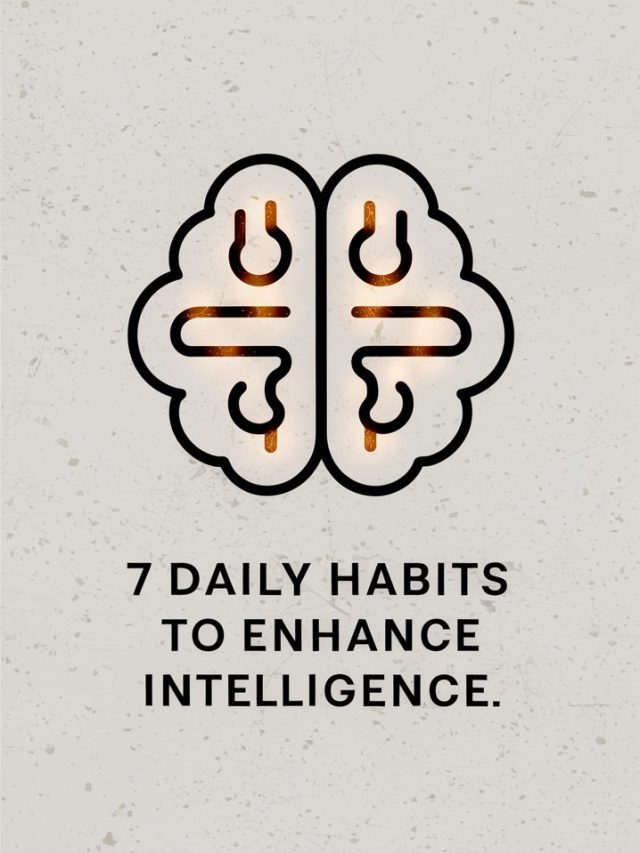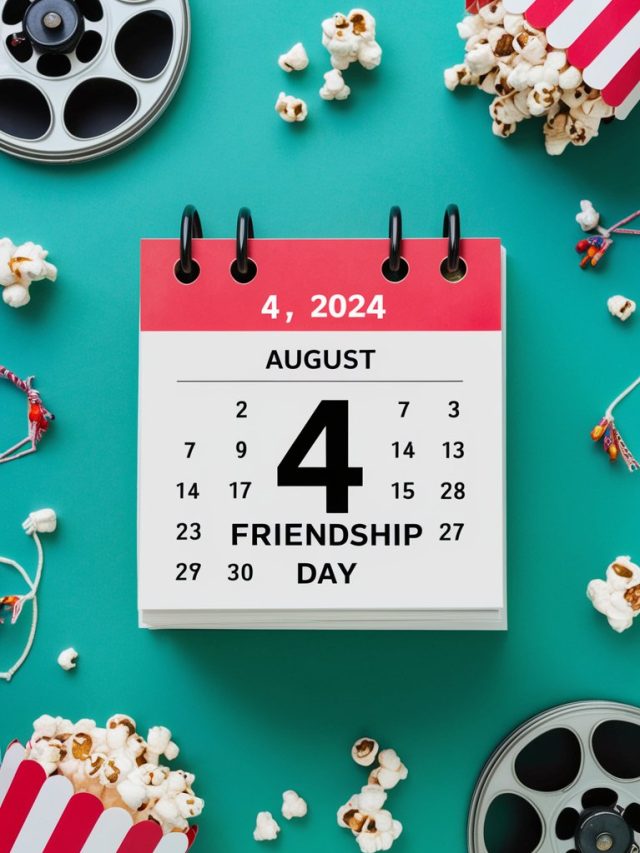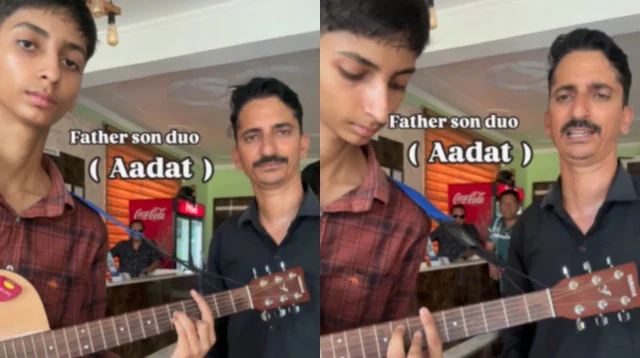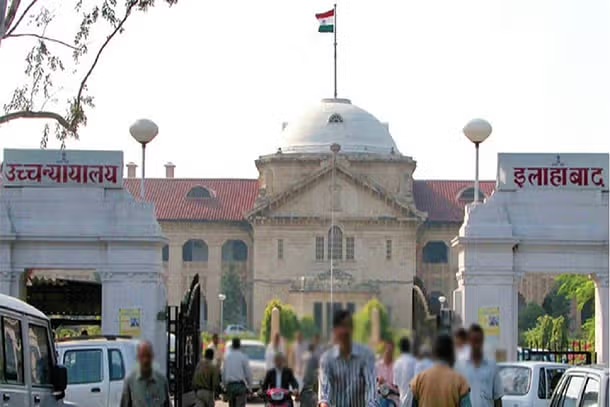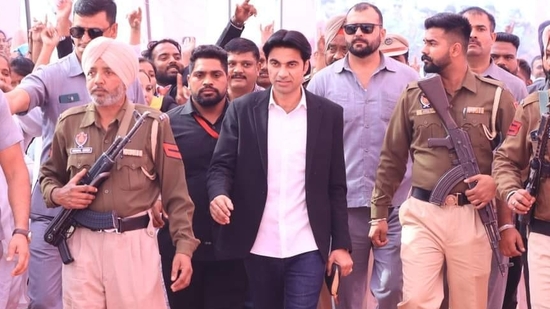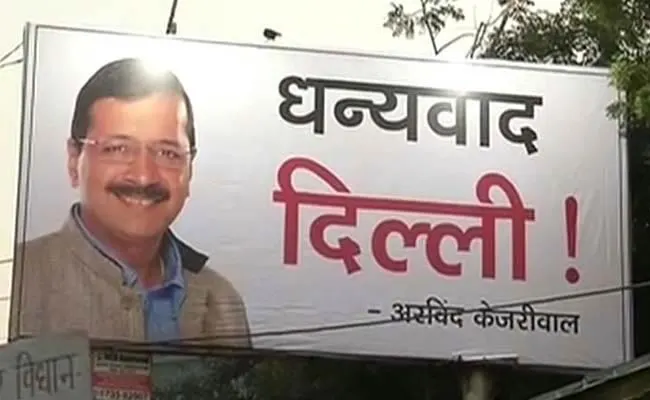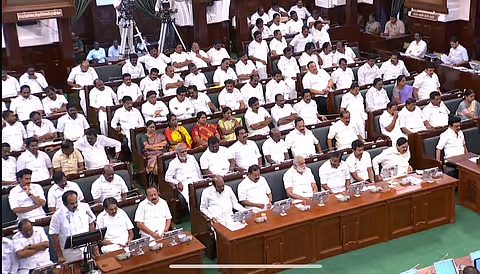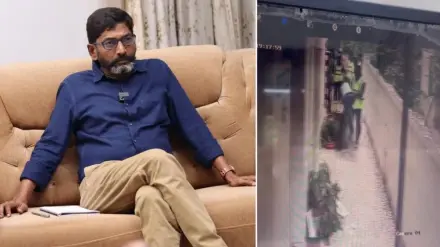What I learned about ‘free’ deals in India’s busy markets
In the middle of June, I was walking across the busiest market in Delhi: “Sarojini Nagar”. As a non-Delhi person, I wasn’t aware of the cheap markets in Delhi when my friend Priya told me about a big sale at Sarojini Nagar market. “Everything is so cheap, and they’re giving away free stuff too!” she said excitedly. As a newbie, I couldn’t resist.ad we hopped on the metro, dreaming of all the great deals we’d find. and their amazing experience.
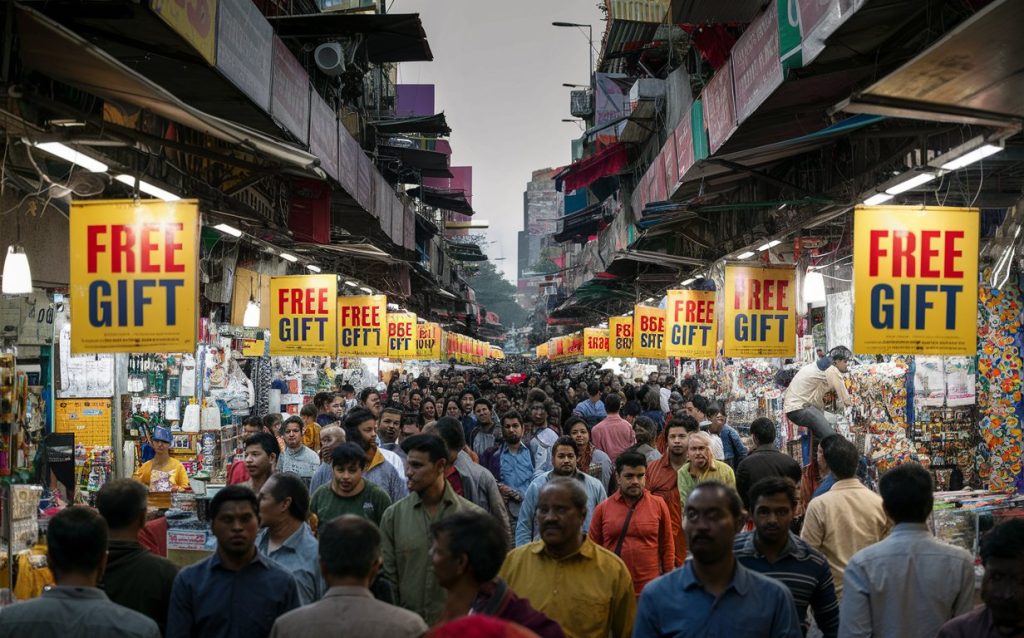
As soon as we reached the market, I noticed a crowd gathered around a little shop. A booming voice said, “Buy any two shirts, and get a free watch!” My eyes brightened. I loved watches, and receiving one for free seemed a great deal for me. Without thinking much, I chose two shirts that I liked. I was very happy with my little accomplishment. Later, the shopkeeper gave me a big smile and a shiny watch box. “Enjoy your free gift, madam!” he said. I was so happy walking out of the shop. But when I opened the box later, I was stunned not because I loved the watch but because it was different from what I imagined it to be. The watch looked cheap and didn’t even work properly. I realized I had spent more on two shirts I didn’t really want, to get this useless ‘free’ watch.
That day, a valuable lesson about so-called freebies in our bustling Indian markets became clear: sometimes, what seems free can end up costing us more than we bargained for.
The Hidden Costs of Free Stuff

After my experience in Sarojini Nagar, I started noticing ‘free’ offers everywhere in Delhi. From small shops in Lajpat Nagar to big stores in malls, everyone seemed to be giving something away for free. My mother’s wise words, “Beta, nothing in life is truly free,” finally made sense to me. These things, which appear to be free, can have hidden charges.
In India, we enjoy a good deal. It is part of our culture to bargain and get the greatest deal. But this can lead to us falling for tricks. From the vegetable vendors in the local mandi to the fashionable shops in Connaught Place, we always try to get more for less. This habit is so common that we even have a special word for it – “jugaad.” But sometimes, this desire for a bargain can lead us into traps. Here’s what I learned from my experiences: Here is what I learned:
The price is often higher:
When something is free with a purchase, the main item is usually more expensive. Like my shirts from Sarojini Nagar – I probably paid extra without realizing it. I’ve noticed this trick in many places. In Lajpat Nagar, a shop was offering a “free” bedsheet with every kurta set. The kurtas were priced much higher than usual. My cousin found the same kurtas cheaper in another shop without any “free” gift.
Quality can be poor:
Free items are often not very good. My ‘free’ watch from Sarojini Nagar was a good example of this. It stopped working after just a week! I’ve seen this happen with free food samples in supermarkets too. Once, I got a free packet of biscuits with my groceries. They tasted stale and were close to expiry. It made me realize why they were being given away for free.
We buy things we don’t need:
We may purchase something we don’t need or want because we think we are getting them for free. During the Diwali discounts, I once purchased three shirts merely to receive a complimentary wallet. I didn’t even really like two of the shirts! Another situation with my friend Rahul, he purchased a gym membership and never used it because it included a “free” sports watch. We frequently forget that if we don’t need the main thing, the free gift isn’t free.
These experiences taught me to be more careful. Now, whenever I see a “Buy one, get one free” offer in markets like Janpath or Karol Bagh, I stop and think. Is the main item really worth it? Do I actually need two? What’s the quality of the free item?
However, not all free goods are terrible. Sometimes you can get a fantastic deal. Here is how I learned to be clever about it.
Ask questions:
Now, I always ask about the free item. What brand is it? Is there a warranty? Once, in a mobile shop in Nehru Place, I almost fell for a “free earphones with every phone” deal. But when I asked about the earphones’ brand and warranty, the shopkeeper got nervous. Turns out, they were cheap knockoffs! I’ve learned to ask specific questions like, “Can I test the free item?” or “What’s the return policy on the free gift?” These questions often reveal the true value of the offer.
Compare prices:
I check the price of the main item in other shops. Purchasing items individually is typically less expensive than participating in a “buy one, get one free” promotion. During the Diwali sale, I noticed a “buy one, get one free” promotion on kurtis in Lajpat Nagar. However, after comparing costs at other stores and online, I discovered that I could get two of my favorite kurtis for less money than I would have paid for that one “deal” Kurti. Now, I always use my phone to quickly check costs online or call a buddy to check prices at a different market.
Think before buying:
Whenever I go out shopping I ask myself if I need the item, even if it comes with something free. This has saved me many times. In Sarojini Nagar, I once saw a great deal of shoes with a free handbag. But I realized I already had similar shoes at home. No matter how tempting the free bag was, I didn’t need another pair of shoes. I’ve started making shopping lists before I go to markets like Chandni Chowk or Karol Bagh. This helps me stick to what I need.
Trust your Gut:
If a deal seems too good to be true, it probably is. This old saying has saved me many times in Delhi’s markets. Once in Palika Bazaar, a seller offered me branded sunglasses at an unbelievably low price with a “free” case. My gut told me something was off. Later, I found out they were selling fake goods. I’ve learned to listen to that little voice inside that says “Be careful” when a deal looks too amazing.
I always keep these points in mind. It’s made shopping not just more economical, but also more fun. I feel like a smart, savvy shopper who can spot a genuinely good deal when I see one.
Hope for better consumer protection
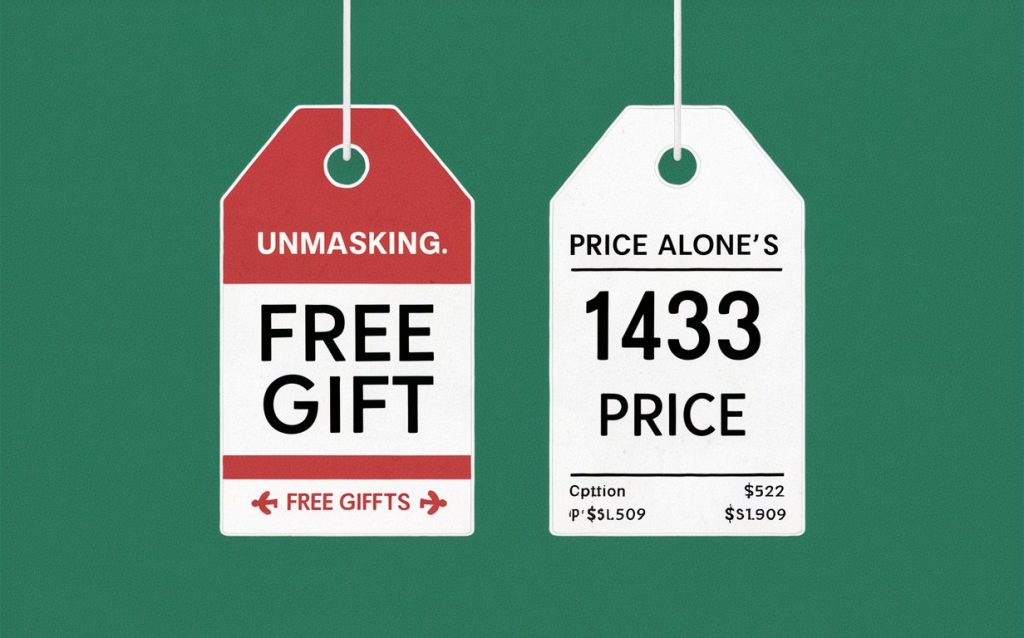
As online shopping grows in India, we’ll probably see more tricky free offers. Companies might use what they know about us online to show deals that are hard to say no to.I hope the government makes clearer rules about free offers soon. This would help protect shoppers like us from misleading deals.For now, I’ve learned to shop smarter. Whether I’m in busy markets like Chandni Chowk or looking at online sales, I always remember what I learned in Sarojini Nagar. In Indian markets, the best deals aren’t always the ones that shout “Free!” the loudest.
Next time you see a “Buy one, get one free” sign in a shop or a “Free gift” offer online, stop and think. Ask yourself if it’s really good for you. Sometimes, not buying anything at all saves the most money. This way, we can enjoy Indian shopping without falling for tricks. The real joy is in finding something we truly love and need, whether it’s free or not. Ask yourself if it’s really a good deal. Remember, sometimes the best way to save money is to not buy anything at all!

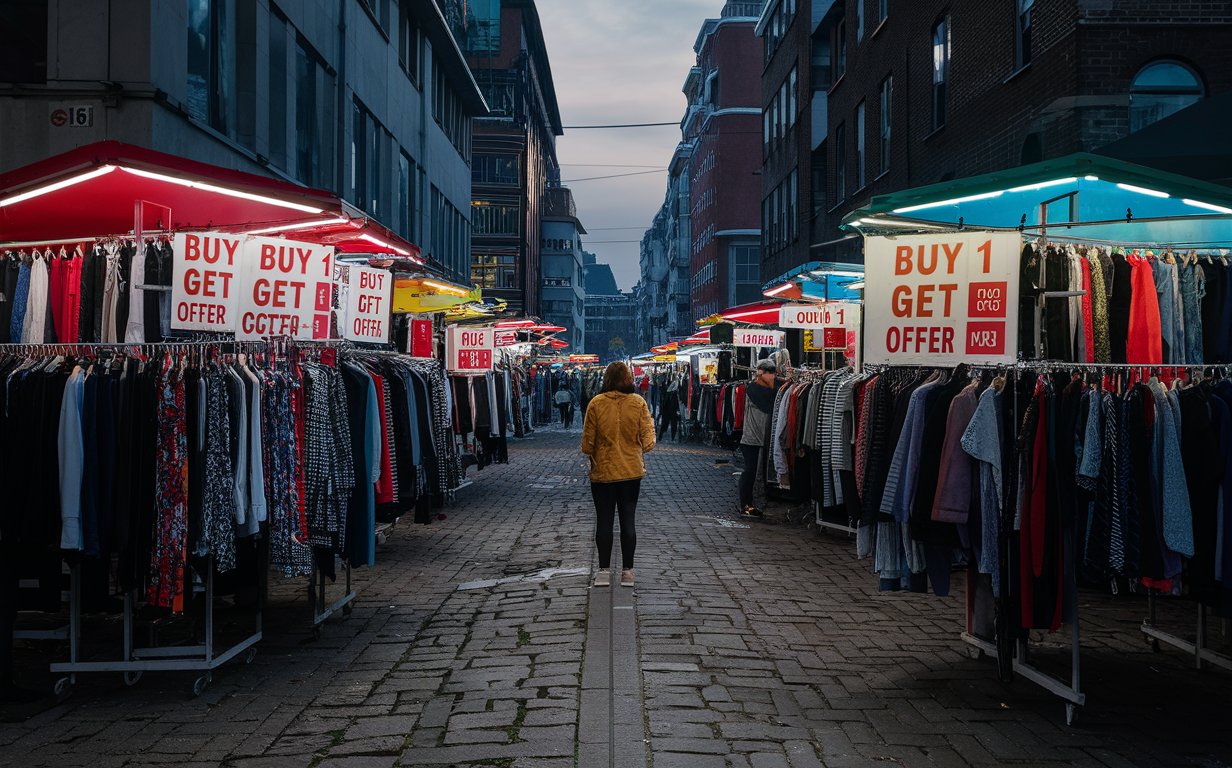
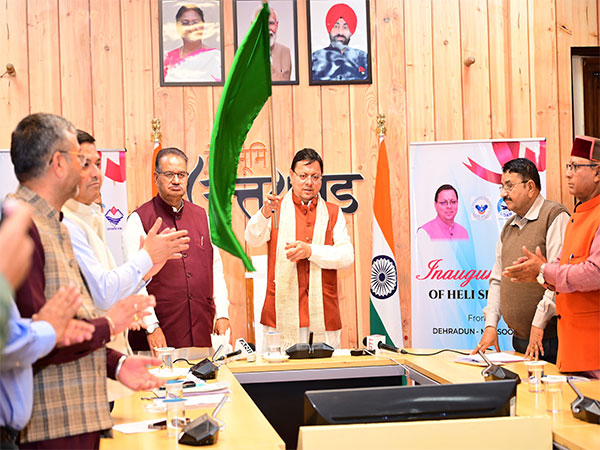
 By
By
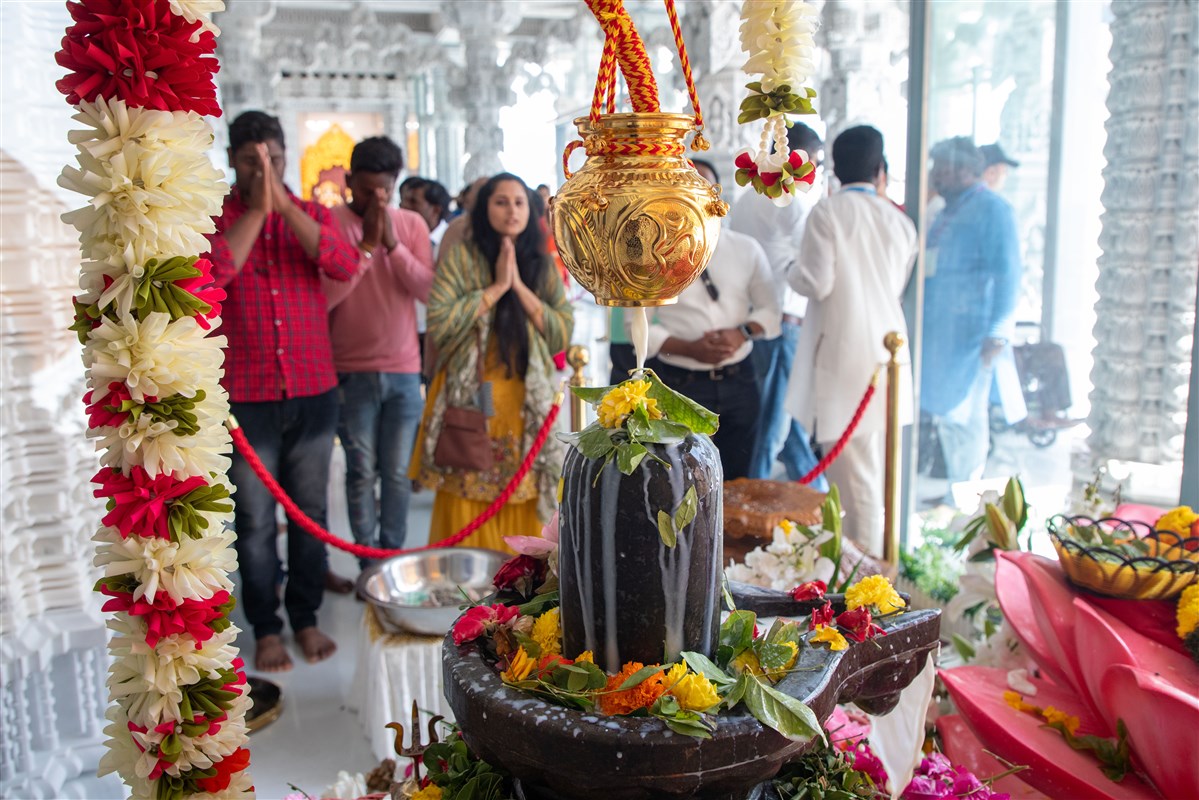
 By
By
